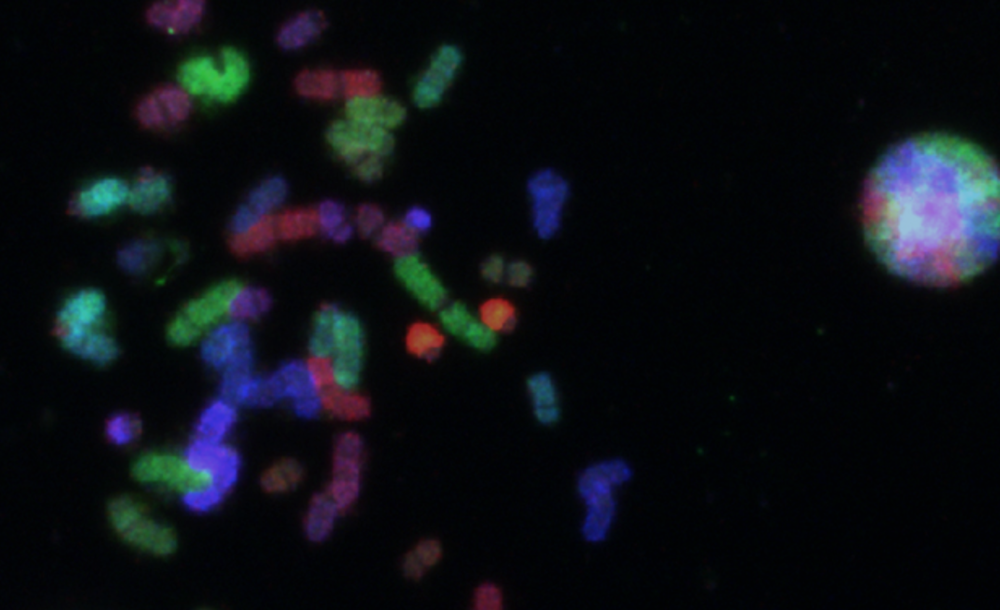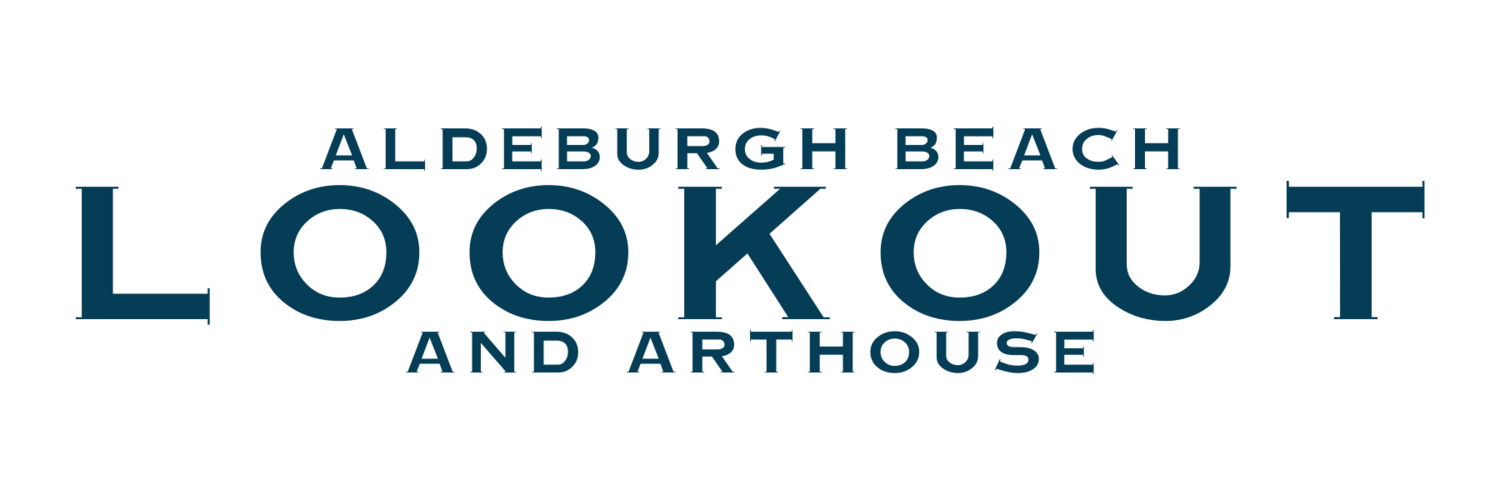Corpus: In Posse
Making My Own Female Sperm
At the very moment we enter the world our bodies are defined by gender. It is the first piece of information we ask about a baby – Is it a boy or a girl? Historically, the upmost importance has been placed on this perceived dichotomy. Yet, in the 21st century, advances in science and technology necessitate a reimagining of our physical boundaries. Our bodies have become sites for transformation, hybridization and magic.
Over the past six years Charlotte has been working on a series of pieces collectively titled Corpus, which aim to find a different context for dialogue about the human body – a space in between paradigms. The first part, Ergo Sum, used stem cell technology to grow parts of Charlotte (heart, brain and blood vessels) outside of her body. The second part, Et In Arcadia Ego used oncological science to grow her own in vitro malignant tumour. In the third part of Corpus Charlotte is collaborating with Prof Susana Chuva de Sousal Lopes to place her body at the intersection of gender. The piece is called In Posse and they are attempting to make semen from Charlotte’s (“female”) cells. Patriarchal societies have described semen variously as life force, a drop of the brain and that which sows the seeds of virtue in the female soul. Charlotte and Susana aim to rewrite this cultural narrative; to use art and science to disrupt the hierarchy.
In Posse is a process of improvisation, trial and error. Charlotte is using Human induced Pluripotent Stem Cells (HiPSCs) derived from her blood and skin. These cells have XX chromosomes – the genetic marker of what we describe as physically ‘female’. The first stage of the project is to erase one of these Xs through accelerated mutation, scanning and selection. The second stage is to add specific genes found on the ‘male’ Y-chromosome that initiate male gamete production. They will then grow a colony of these gender mutated HiPSCs which can be differentiated into the sperm producing cells found in adult testicles. The seminal plasma which, together with sperm cells, forms semen will be constructed by Charlotte in the bio-lab at Kapelica Gallery.
It is the act of attempting the transformation – the performance – that is of greatest interest to Charlotte. The project will be exhibited throughout its journey as a series of cultural artifacts and rituals belonging to a contemporary reimagining and reenactment of the ancient Greek festival of Thesmophoria – a fertility ceremony in honor of the goddess Demeter and her daughter Persephone.
Little is known about the original festival because men were forbidden from seeing or knowing about the rites; the festival was women-only and thus largely undocumented. Charlotte will be using her female sperm as a starting point for reimagining Thesmophoria: for populating a history without patriarchy and a future in which the gender/genital power balance is redressed. The festival will take the form of a durational participatory performance in the gallery space. It will build on the scant extant details and rumors about Thesmophoria – the burial of a pig, the use of pine branches, “ritual obscenity”, serpentine and phallic offerings, etc. – and create new collaborative rites and rituals. Like the original festival this experience will be women-only.
Charlotte is an artist and lecturer working at the intersection of art and science. Charlotte's work often utilises living cells and DNA: she has grown her own tumour, recorded music onto DNA, seen her heart beat outside her body and is currently on a quest to make her own (female) sperm. Charlotte has exhibited her work in multiple international solo and group shows featuring large-scale multimedia installations and performances. Her work has been exhibited across the world in spaces such as the Victoria & Albert Museum in the UK, Kapelica Gallery in Slovenia, Guangdong Museum of Art in China and at The Venice Biennale in Italy.
Charlotte has been resident artist at a number of universities and scientific institutions, including the European Bioinformatics Institute, The Netherlands Proteomics Centre and the Hubrecht Institute. Charlotte has won the Bioart and Design Award and been peer-review published in Leonardo Journal. She is currently a lecturer at the Royal College of Art London and Goldsmiths University and also teaches classes at the Central Acadamey of Fine Art Beijing, Birmingham University and Imperial College London.
Charlotte is an Exoplanet obsessive, lover of 80s synth pop and collector of GMO body parts.





